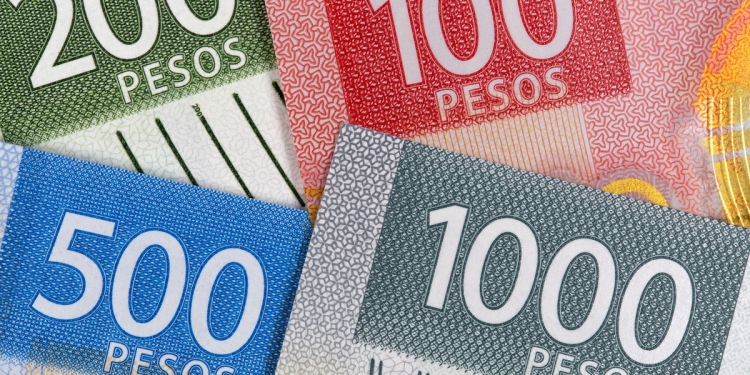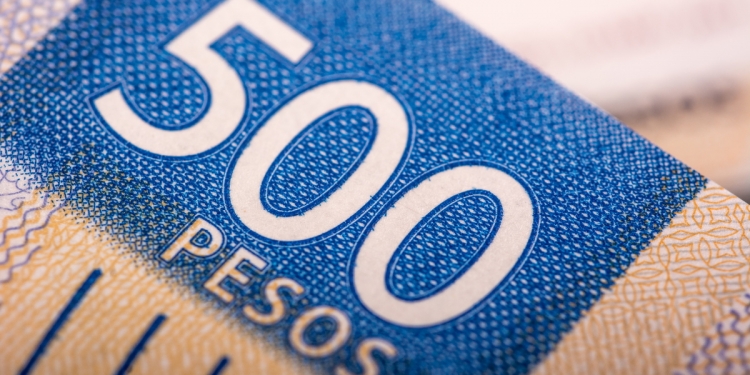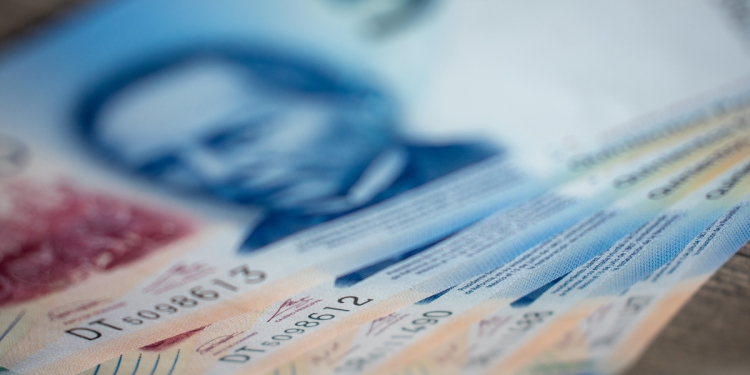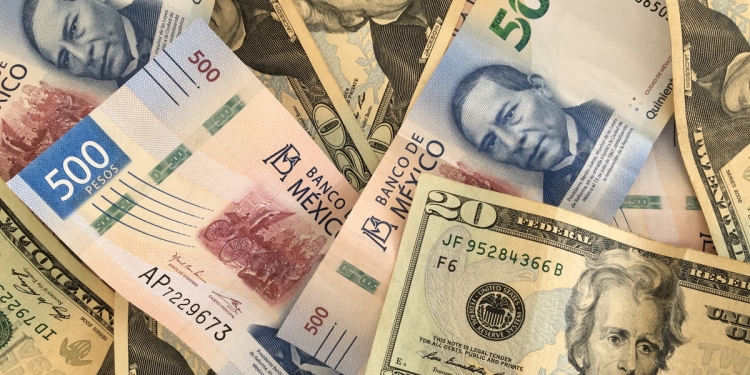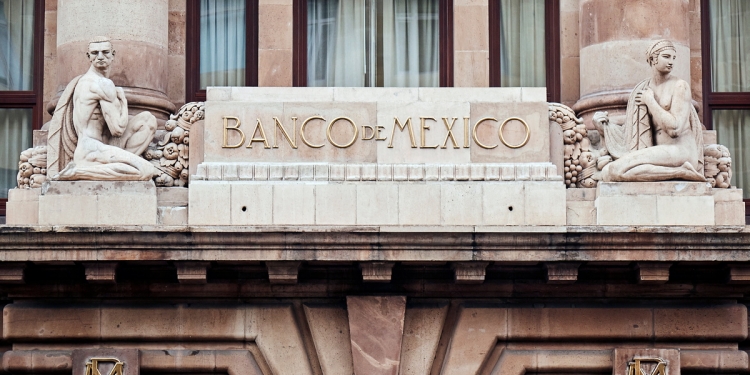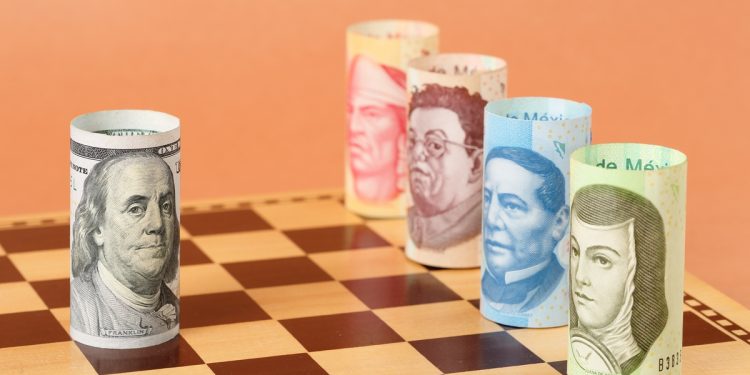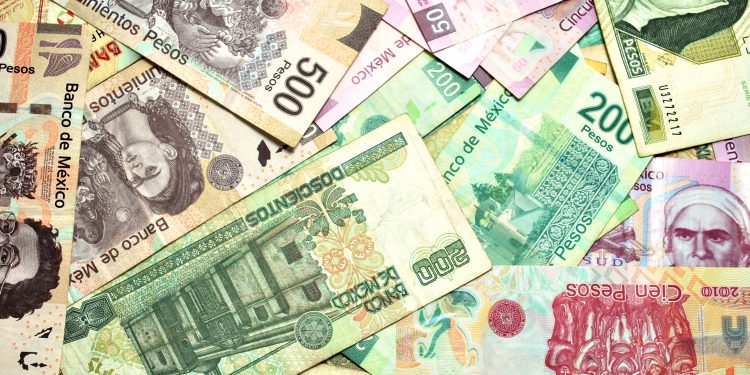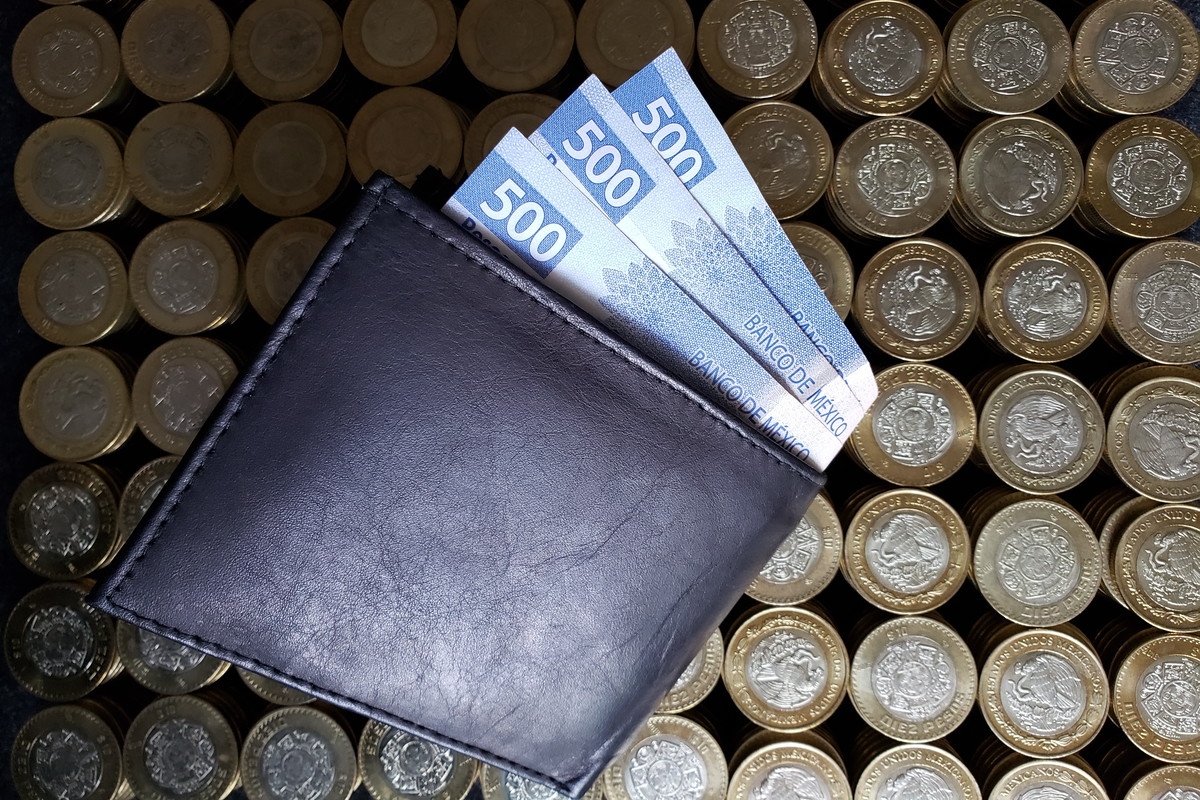The Mexican peso had another solid year in 2022, closing at 19.50 to the US dollar, posting a 5.1% gain in the 12 months to December 31. The currency also demonstrated resilience and stability, with the exchange rate fluctuating between 19 and 21.50 pesos to the dollar through 2022.
The economy continued its recovery from the 2020 recession, and by the third quarter goods and services output had returned to 2019 “pre-pandemic” levels. Gross domestic product is expected to have ended 2022 up 3%, more than what most economists had been predicting for much of the year.
This was due to a pickup in manufacturing goods for export, and a continued recovery in services that had still been lagging somewhat after the Covid-related restrictions.
Interest rates, exports, and remittances backed the peso in 2022
Aside from better-than-expected economic growth and further employment gains, the peso was supported in 2022 by three principal factors:
- the Bank of Mexico raising interest rates;
- by exports rising to their highest level ever; and
- by record remittances sent from people in the U.S.
Inflation was a problem last year, as consumer prices rose by the most since the year 2000. This was mostly because of increases in the cost of food. The Mexican government helped to keep inflation down by subsidizing gasoline and diesel using extra money it earned from prices of crude oil exported by Pemex, the state oil company.
The rate of inflation started to recede toward the end of the year, and was 7.8% at the end of December 2022. Food prices, though, were up nearly 14%.
The rise in inflation led the Bank of Mexico to raise its reference interest rate from 5.5% at the end of 2021 to 10.5% at the end of last year. The higher interest rates help the peso as they encourage investors to buy the currency, but can also discourage consumers from spending or small firms from taking on credit to grow their business.
Remittances —money sent to Mexico by people living abroad, principally from the USA— reached $53.1 billion by November, 13% more than in the first 11 months of 2021.
Mexico’s tourism sector also grew in 2022
Tourism also grew. The number of foreign visitors in the January-October period rose 19% to 52.7 million, with spending up 49% at $22.5 billion. About 17.2 million tourists arrived by air, 56% more than the previous year, but there were 10% fewer tourists crossing the border and staying for at least one night.
What to expect for the Mexican peso in 2023?
Mexico’s peso is a free-floating currency on the world’s foreign exchange markets. It’s one of the world’s most-traded currencies and is the most-traded of Latin America’s currencies.
In Banxico’s December 2022 survey, the median estimate for the exchange rate at the end of 2023 was 20.80 pesos per dollar, with estimates ranging from 19.25 to 22 pesos per dollar.
As in 2022, economists are somewhat pessimistic about economic growth prospects for this year, expecting GDP to increase just 0.9%. But they also expect inflation to slow to 5.1%.
Currency forecasts reflect what could be expected given estimates for inflation, economic growth, interest rates and other economic variables, both in Mexico and the US, but they don’t consider extraordinary events as these are unknowns.
It’s worth noting that foreign current exchange-rate predictions are subject to many variables and uncertainties, with consensus estimates changing as events unfold and the exchange rate fluctuates in response to those events throughout the year. For example, in December 2021 the Banxico survey estimated the peso would close at around 20.65 to the US dollar; in fact the Mexican currency closed the year more than one peso stronger than that consensus estimate.
Other things that influence the peso’s value
What determines the exchange rate in the market are investors who buy pesos to invest in Mexican stocks and bonds; or dollars to shift money into US investments; companies that buy dollars to pay for imports or to make foreign debt payments, or that buy pesos to exchange dollars earned from exports; banks that receive remittances in dollars and pay them out in pesos; and of course, international travel which tends to favor Mexico with a surplus given its popular tourism resorts.
Aside from the U.S. dollar, the Bank of Mexico publishes indicative daily rates for the peso against a number of other currencies, including the Canadian dollar, the euro, and the yen.
Learn more about money and currency in Mexico
Read our latest articles and download free eBooks related to money and finances

